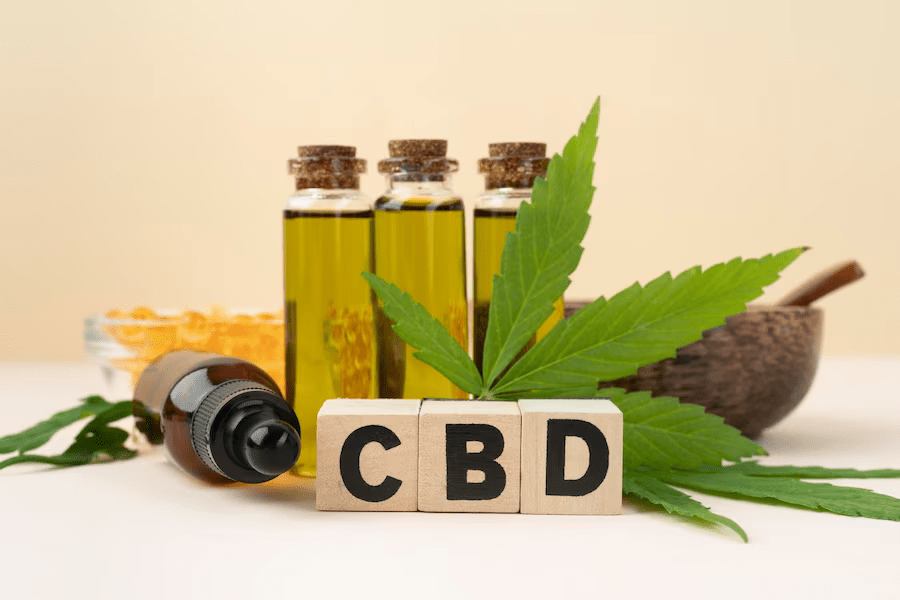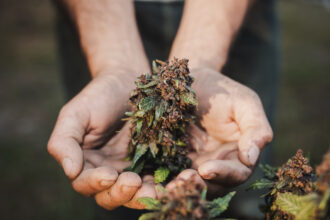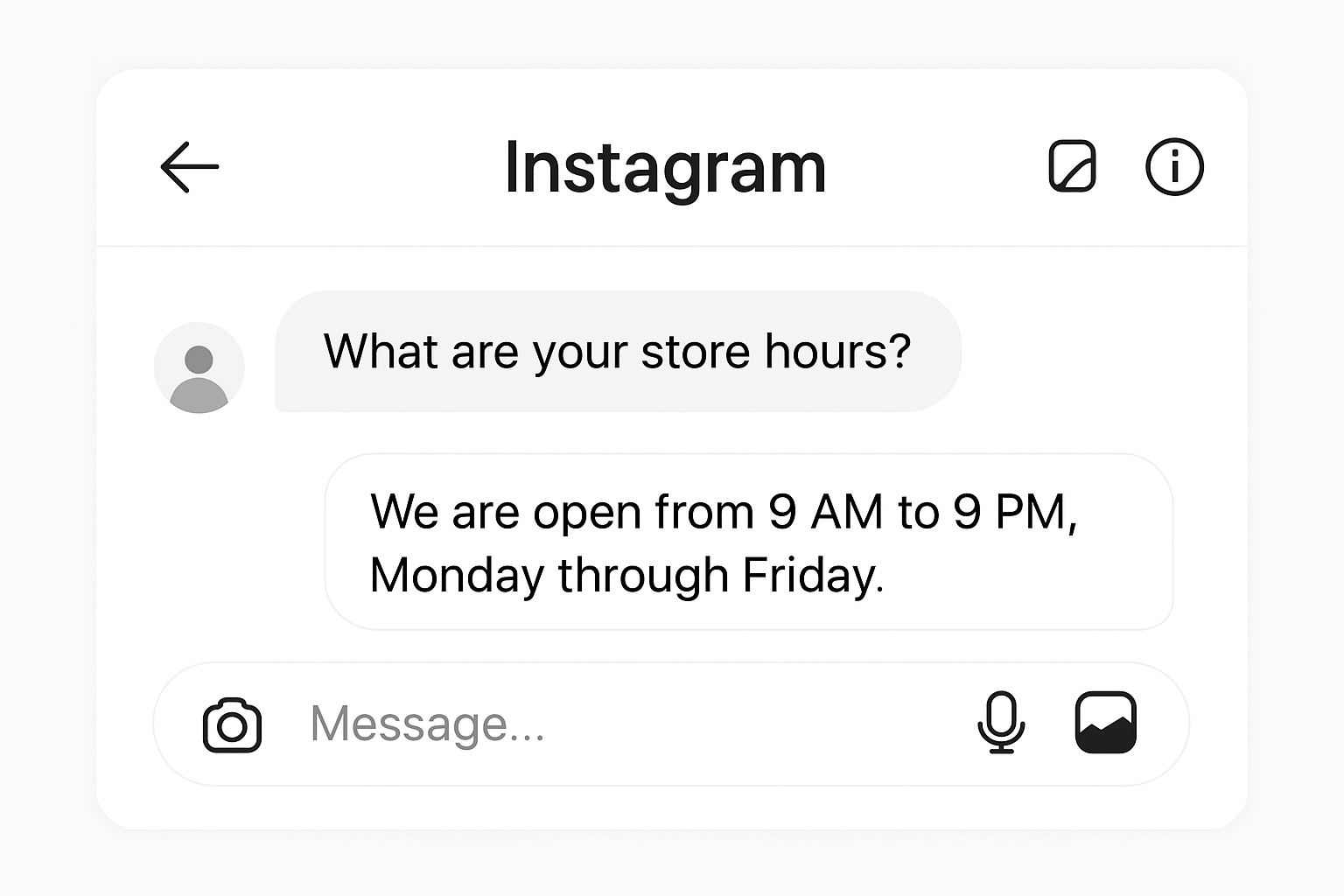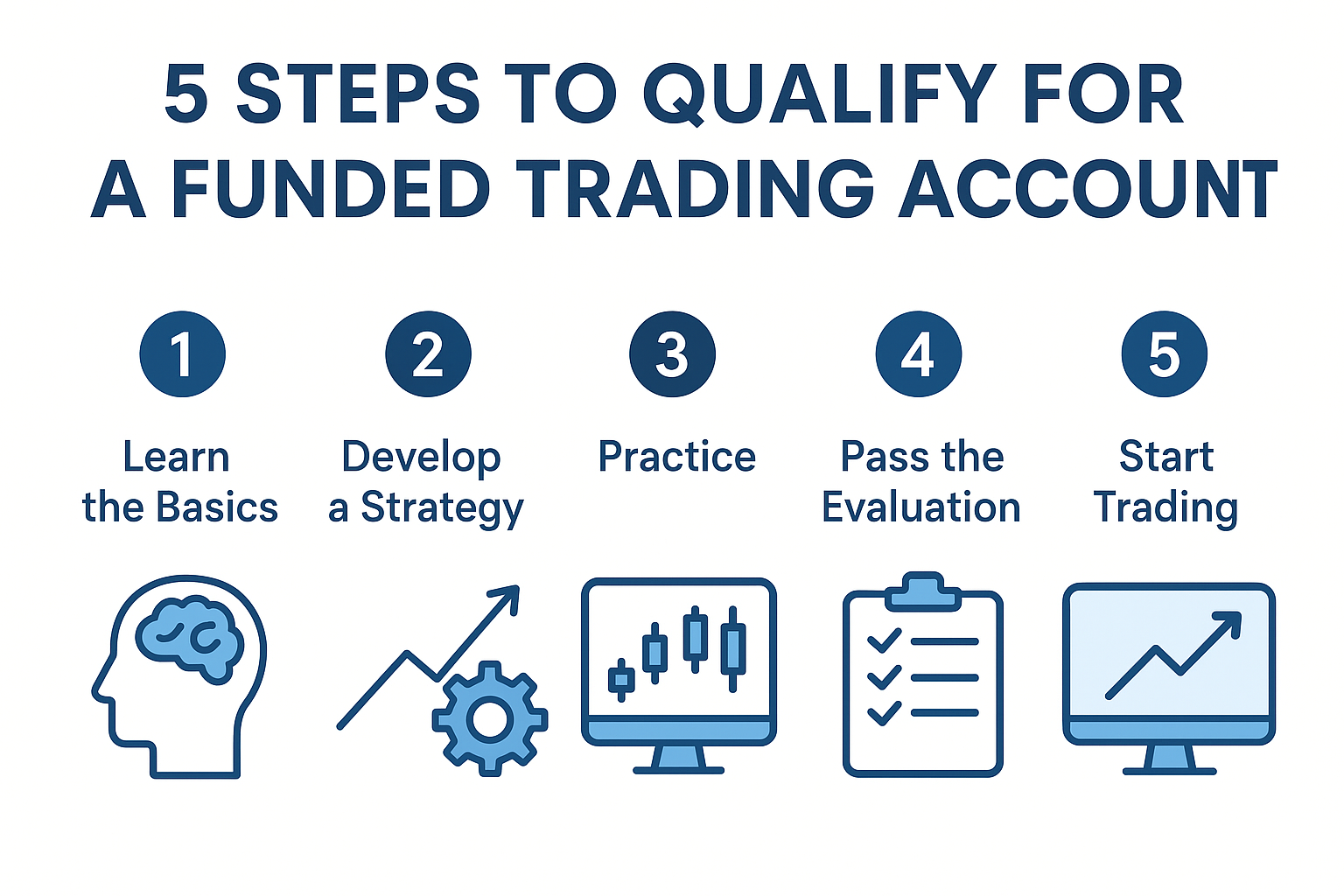How to Use CBD Correctly: Maximizing Benefits and Safety
CBD (cannabidiol) has gained significant attention for its potential therapeutic properties and is being used by many individuals seeking natural alternatives for various health concerns. However, using CBD correctly is crucial to ensure maximum benefits and safety. In this article, we will provide a comprehensive guide on how to use CBD correctly, including dosage, administration methods, and considerations for optimal usage.
Maximizing Benefits and Safety To use CBD Correctly
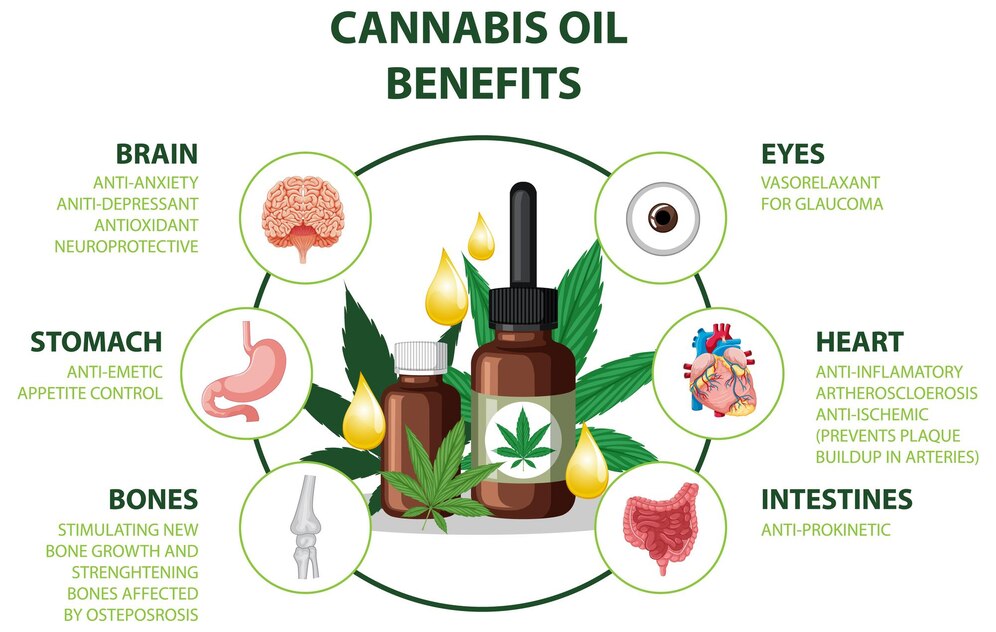
Consider Administration Methods:
CBD can be consumed through various administration methods, each with its own benefits and considerations. The common methods include:
- Sublingual: CBD oil or tinctures are placed under the tongue for quick absorption into the bloodstream.
- Inhalation: CBD can be vaporized and inhaled using a vaporizer or vape pen for fast-acting effects – for example using Justbob’s CBD hash.
- Topical: CBD-infused creams, lotions, or balms are applied directly to the skin for localized relief.
- Edibles: CBD can be infused into foods and beverages, such as gummies, chocolates, or drinks, for a convenient and tasty option.
Start with a Low Dosage:
When beginning CBD use, it is recommended to start with a low dosage. Each individual’s response to CBD can vary, so it’s important to find the right dosage that works for you. Begin with a minimal amount and gradually increase the dosage until you achieve the desired effects. It’s advisable to consult with a healthcare professional for personalized dosage recommendations based on your specific needs and health condition.
Read Product Labels and Choose Quality Products:
When purchasing CBD products, it is essential to read the labels carefully. Look for information on CBD concentration, extraction method, and third-party lab testing to ensure quality and purity. Choose products from reputable companies that provide transparency and detailed information about their sourcing and manufacturing processes.
Consider Full-Spectrum vs. CBD Isolate:
CBD products can be classified as full-spectrum, broad-spectrum, or CBD isolate. Full-spectrum CBD contains other cannabinoids, terpenes, and compounds present in the hemp plant, while broad-spectrum CBD undergoes additional processing to remove THC. CBD isolate is pure CBD without any other compounds. Consider your preferences and any potential sensitivities or concerns when selecting the type of CBD product.
Be Consistent and Patient:
CBD may take time to build up in your system, so consistency is key. Incorporate CBD into your daily routine and give it time to work. Effects can vary depending on factors such as individual metabolism, body weight, and the severity of the condition. It’s important to be patient and give the CBD time to interact with your body’s endocannabinoid system.
Consult with a Healthcare Professional:
If you have any underlying health conditions or are taking medications, it is advisable to consult with a healthcare professional before using CBD. They can provide guidance, monitor your progress, and help ensure that CBD is used safely and effectively alongside your current treatment plan.
Using CBD correctly involves starting with a low dosage, considering administration methods, choosing quality products, and being consistent and patient. It’s crucial to read product labels, consult with healthcare professionals, and personalize your CBD usage based on your individual needs. By following these guidelines, you can maximize the potential benefits of CBD while prioritizing your safety and well-being.

